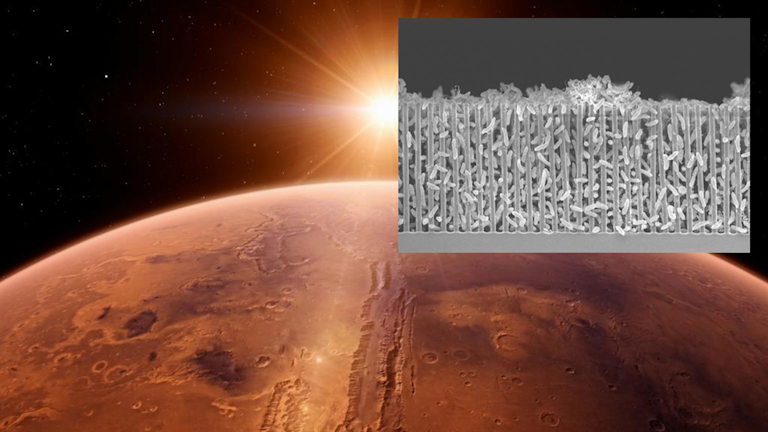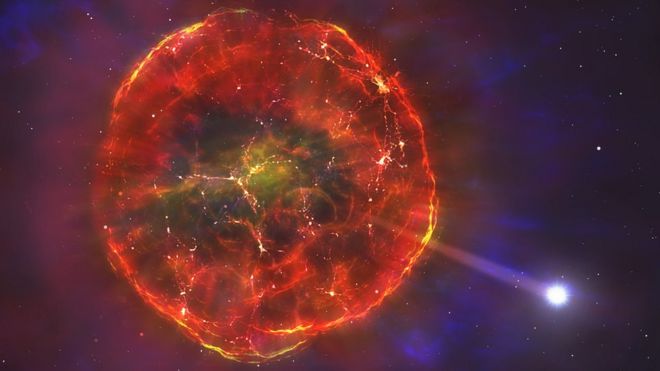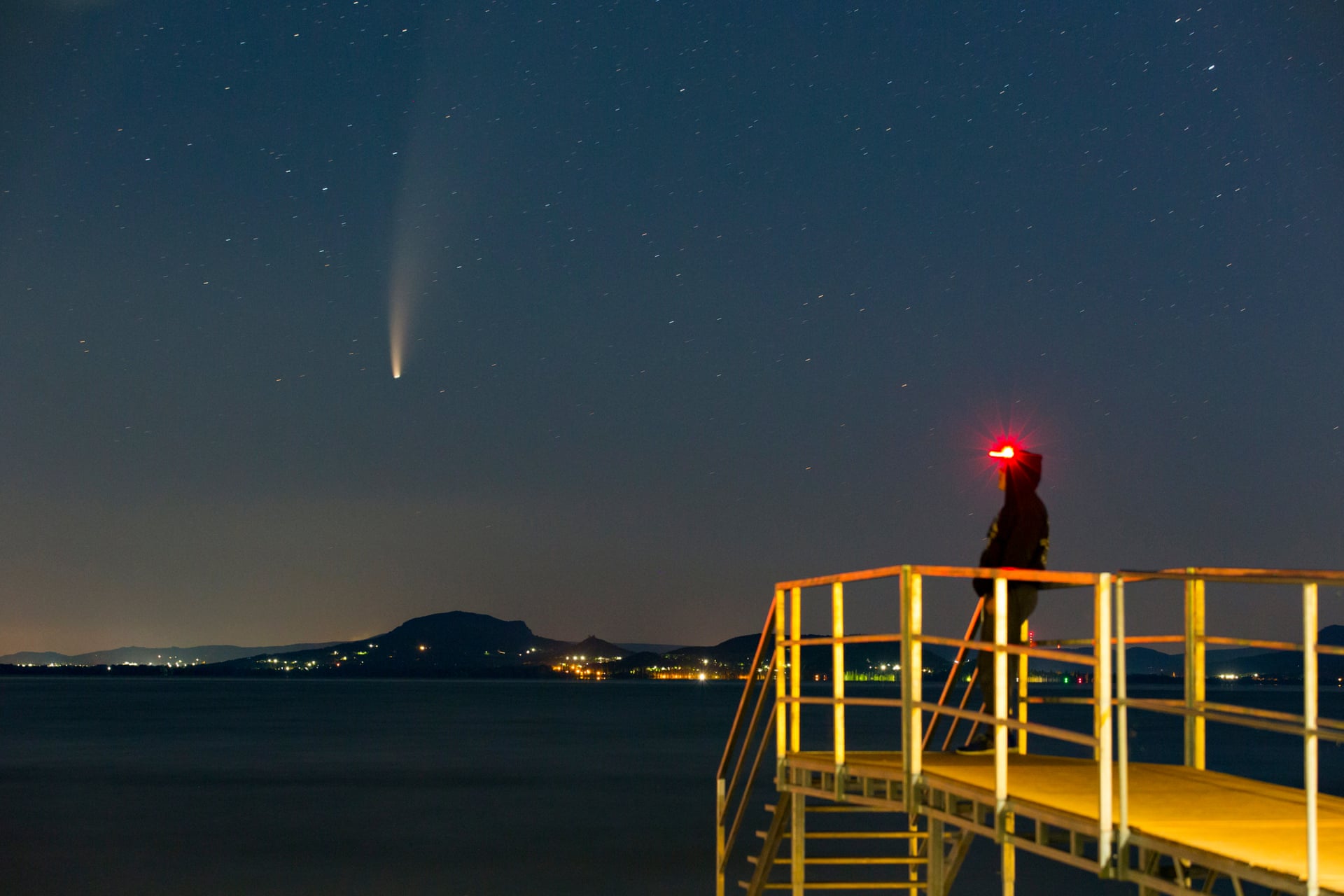The size of the planet is only one factor in the feasibility of direct imaging. The main drivers are the contrast ratio (brightness difference) between the planet and its host star, and their angular separation on the sky as seen from Earth.
Basically what you are trying to do is image something extremely faint which is very, very, very close to something extremely bright. Think ... staring at the floodlights of your local sports stadium, then holding up a cigarette lighter in front of it and trying to see the flame. As you move the cigarette lighter out of the direct line of sight to the floodlight, it becomes easier to see. The coronagraph helps, in that it massively reduces the amount of light we see from the host star. This would be the equivalent of, say, holding up your hand to block most of the light from the floodlights. It improves the observed contrast ratio, but nevertheless this is still only partially effective, as you can see from the image in the article,
The planet orbiting Proxima Cen is orbiting at 0.04AU, compared to 160 and 320 for the planets in that system. This is well within the pattern of residual light from the host star in that image, and hence impossible to detect.
There are fundamental physical limits to the resolution of any telescope, driven mostly by the size of the mirror. Interferometry can dramatically improve spatial resolution, as the effective aperture is then determined by the separation of the individual telescopes. I think that interferometry is being used in this study (sorry, I've not read the paper!) as that is one of the unique capabilities of the VLT. Likewise the atmosphere gets in the way, so adaptive optics are also a benefit. A space-based interferometric array of very large telescopes equipped with coronagraphs would probably have a chance of imaging an Earth equivalent, but as I'm sure you can imagine funding for anything like that is a long way off (2040+).
One last note is that direct imaging is more or less orthogonal to other techniques for detecting exoplanets (eg. radial velocity and the transit method). Direct imaging is most sensitive to planets very distant from their host star, whereas the other techniques are most sensitive where the planets are very close in. With current technology it is more or less impossible to directly image RV/transiting planets, and impossible to use RV/transits to say anything about planets such as these. The point of this being that as things stand it's not really possible to image planets that we have prior knowledge of. It's more of a fishing expedition using a lot of telescope time.
Anyway that's my brain dump. Sorry if it's none too coherent, I'm hungover and haven't had my coffee yet this morning!





